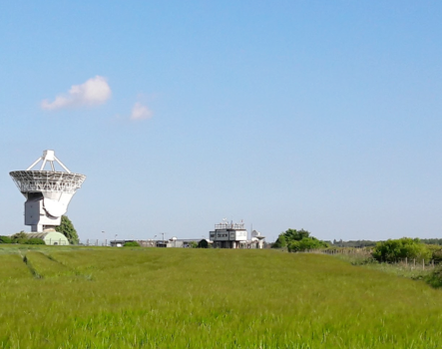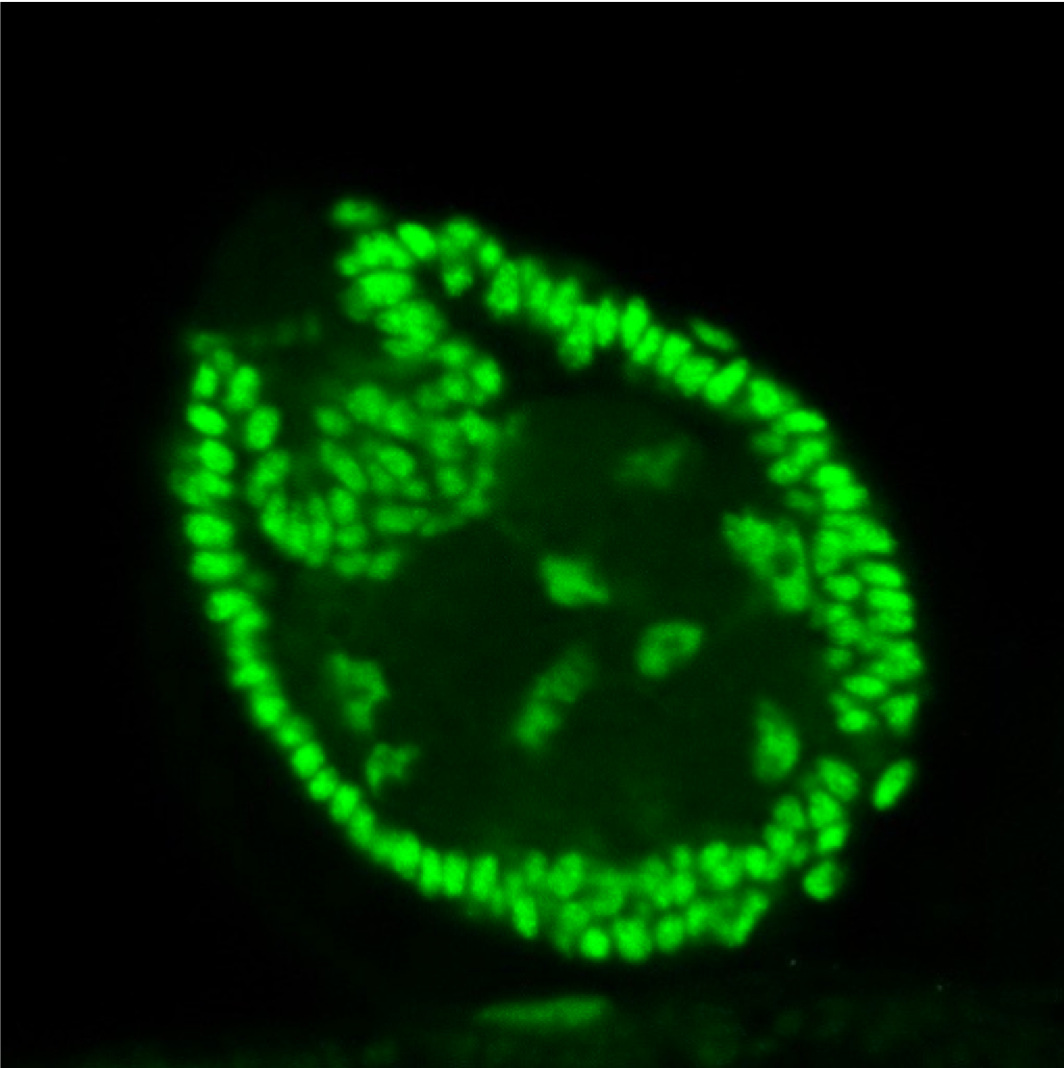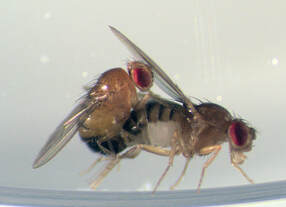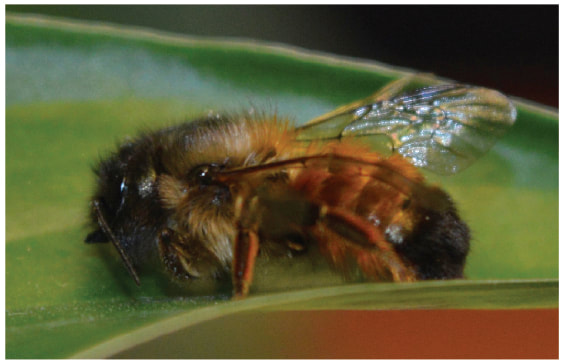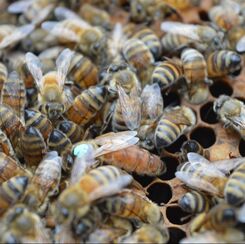Evolution and Developmental Biology of InvertebratesThe Duncan lab uses a combination of molecular, behavioural, and genetics techniques to address how animals respond and adapt to their environment. We primary use insect models to understanding the mechanisms by which animals detect changes in their environment, how responses to environmental stimuli are coordinated at the molecular level and the evolutionary consequences of these interactions.
|
|
|
Funded Projects
BioDAR:
|
How are flexible behavioural responses coordinated at the genomic level? Polyandry and genetic health of an abundant native solitary pollinator bee (Osmia bicornis)
In collaboration with the NERC Biomolecular Analysis Facility Sheffield.
|
How do worker bees sense their queen?
|

